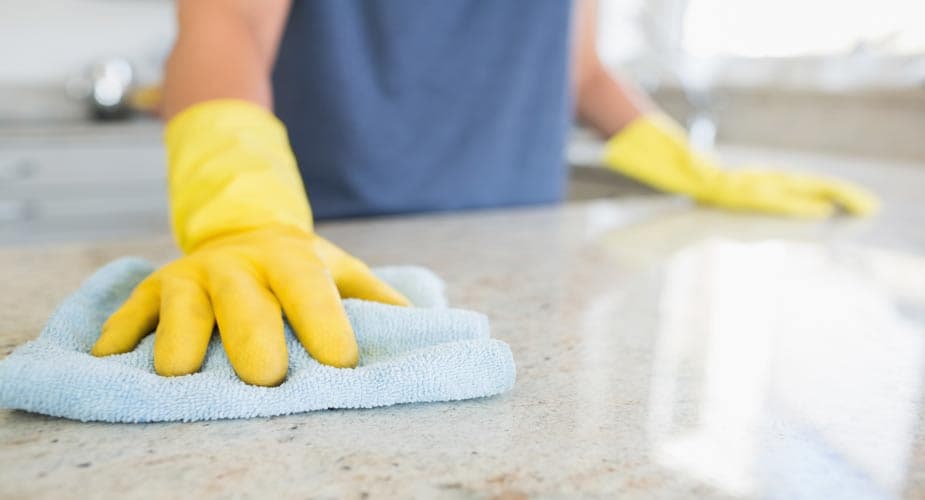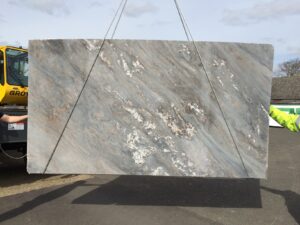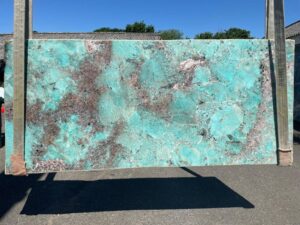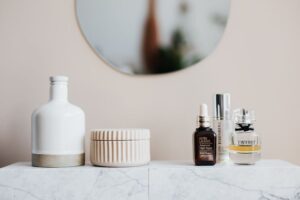How to Clean a Stone Bathroom
Many people have the impression that stone is delicate or hard to clean. However, nothing could be further from the truth – we don’t say ‘rock solid’ and ‘tough as granite’ for nothing! Both natural and processed stones are robust and easy to care for, so if you’ve just installed a marble bathroom, our tips below should cut your cleaning time down.
Daily: wipe up spills and dry out water
Stone used in the home is either naturally non-porous or sealed during the finishing and polishing stage. This means that it doesn’t absorb smells, bacteria or water. While this is great news long term, in the short term a slick, wet marble bathroom can be slippery. On a daily basis, you should mop up any spilled water, shampoo or other cosmetics. They’re unlikely to damage the stone, but you don’t want to fall!
Weekly: wipe down surfaces with a gentle cleaner
Because stone doesn’t absorb dirt or liquids, you only need to deal with what’s on the surface. In most cases, wiping down your marble bathroom worktop or granite floor tiles with a clean cloth or mop and a gentle cleaner will be enough to bring them back to their show room sparkle. If you’ve had a build up of some dried on substance, like toothpaste, or perhaps the extractor fan has broken, letting mould sneak into a corner, then it’s best to soak the substance off. If you need to scrub, start with a softer option: steel wool is unlikely to damage stone itself, but it can scrub the polish right off, leaving tiles looking dull and scratched.
Why you should avoid bleach and harsh chemicals
Really intensive cleaners contain lots of strong chemicals that can be bad for your skin (always wear gloves), your lungs (make sure the room is well ventilated) and the planet (always dispose of chemicals safely). These harsh cleaners often contain acids and alkalis (like bleach) that can react with stone. Typically, the first thing you’ll notice if you use this type of cleaner on your marble bathroom tiles is that the finish will dull and you won’t be able to get a shine. This is a sign of microscopic pitting. Eventually, the damage will become more obvious.
Dealing with limescale
Limestone and marble are made of the same basic substance as limescale. As a result, you should be extra careful when trying to remove limescale from a marble bathroom. Only use cleaners that are designated as safe for stone. Always do a spot test, even if you’re using a mild homemade cleaner like white vinegar and soap. This is because many cleaners (including vinegar) work by dissolving the limescale using an acid reaction. If you leave the product on for long enough to strip the limescale away, it may damage the finish on your stone, too.





